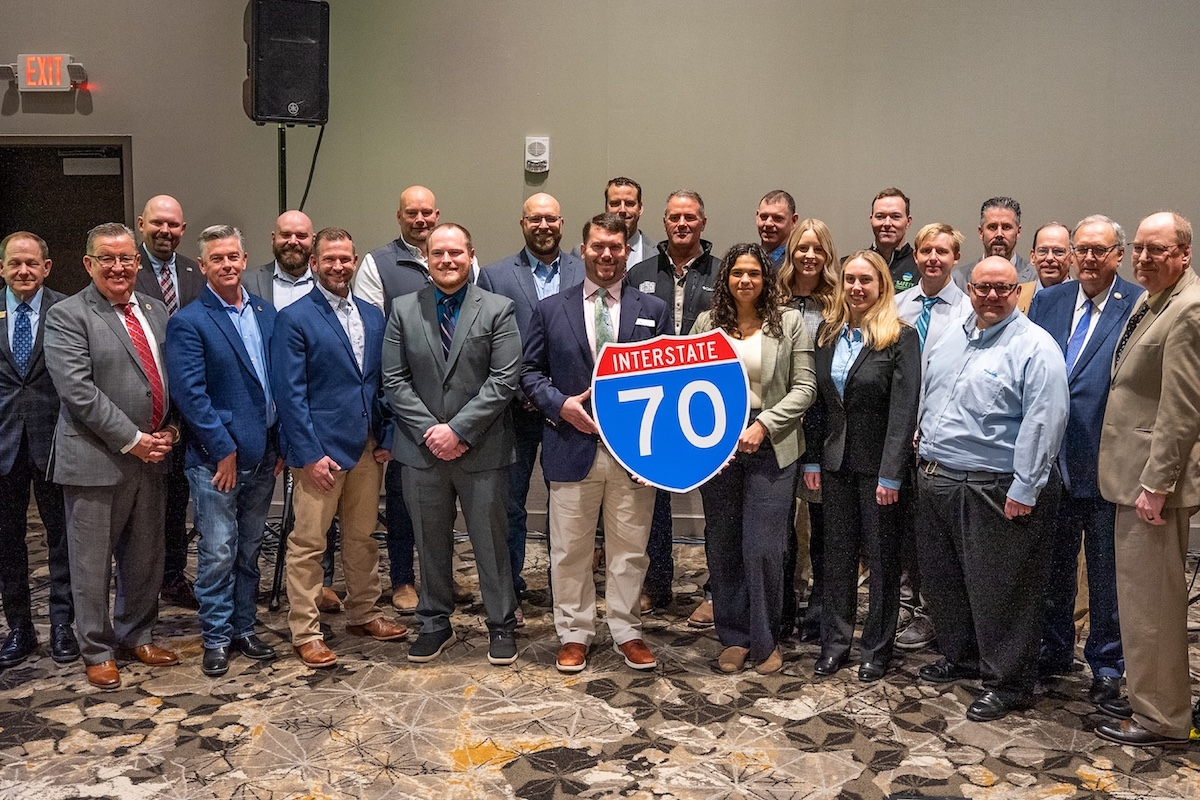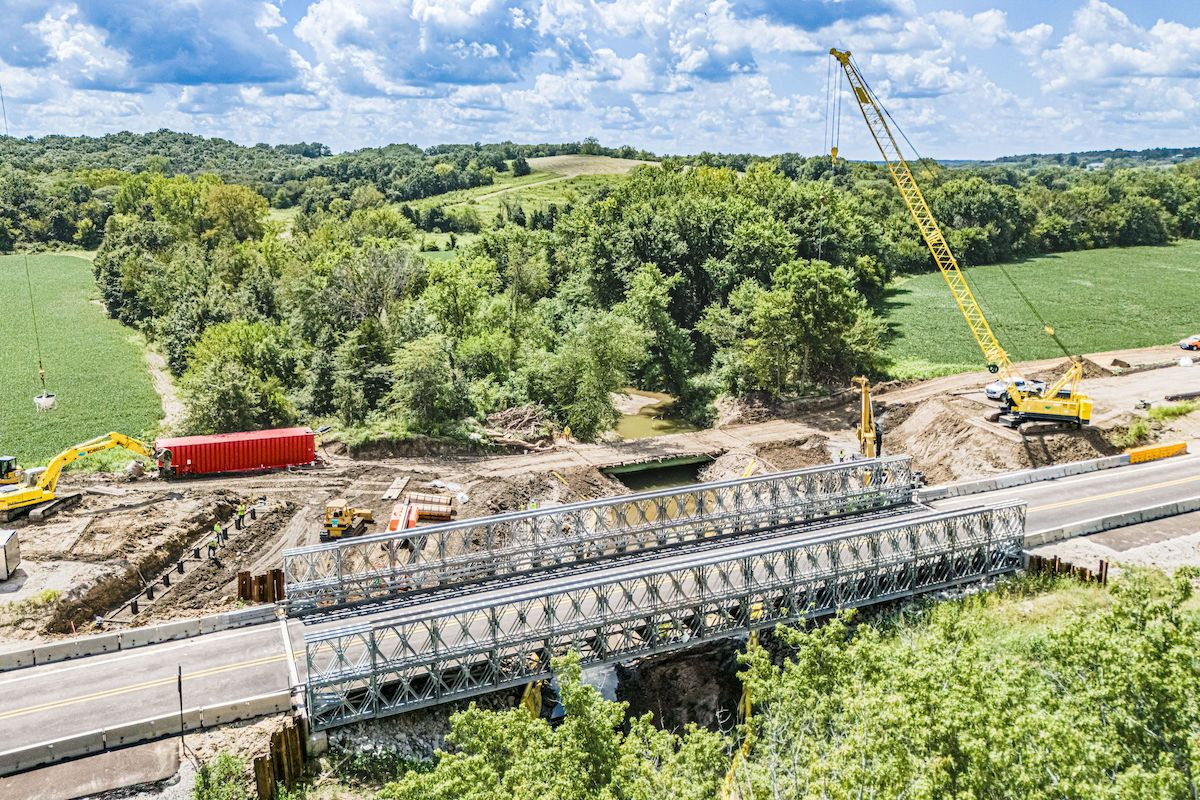The recent anemic growth in construction is an outlier on the national scene, where labor shortages are a persistent problem made easier to swallow thanks to high demand. Compare New England’s industry growth to Indiana, where demand drives 4 percent job growth within construction.
With such sluggish demand, the industry still hasn’t recovered the jobs lost early in the pandemic. Today’s labor force is approximately 7.9 million, which is 2.1 percent smaller than it was in February 2020, just prior to the pandemic.
Nationally, construction spending has experienced a slight dip, with a mere 1 percent increase over the full year. After factoring in inflation, this suggests a decline in real dollar investment. It is a potent example of the pressures bearing down on various construction market segments and could suggest that the trouble currently facing New England may soon reach other markets.
In Marcum’s most recent construction survey analyzing Q4 of 2023, the Commercial Construction Index, Marcum Chief Construction Economist Anirban Basu suggested that price escalations have leveled off to offer some relief, particularly in the later parts of the year. Yet, despite these tailwinds, including global supply chain improvements and a reduction in global demand, commodity prices persist at levels approximately 38 percent higher than those seen at the pandemic's outset.

| Your local Gehl Co dealer |
|---|
| Star Equipment LTD |
While all eyes remain fixed on the Federal Reserve's monetary policies, the future hinges on more than the Fed’s action. Marcum’s survey of the industry reveals that its leaders feel the need to stay alert and flexible in response to economic changes to sustain momentum and navigate through any forthcoming uncertainty.
In New England, the construction industry stands at a precipice marked by slow job growth and a labor force yet to reach its pre-pandemic high. Dedicated efforts to cultivate a sturdy workforce, embrace innovative recruitment methods to get ahead of future labor shortages, and remain nimble amid economic flux could steer the regional industry once more toward prosperity. In the short term, though, the industry's prospects are trending in the wrong direction.
He has extensive experience advising on mergers, acquisitions, and divestitures. He has served as a Technical Reviewer for the American Institute of Certified Public Accountants’ (AICPA) construction audit and taxation guides for more than two decades and chaired the AICPA National Construction Program Conference Committee from 2012 to 2014.






































































